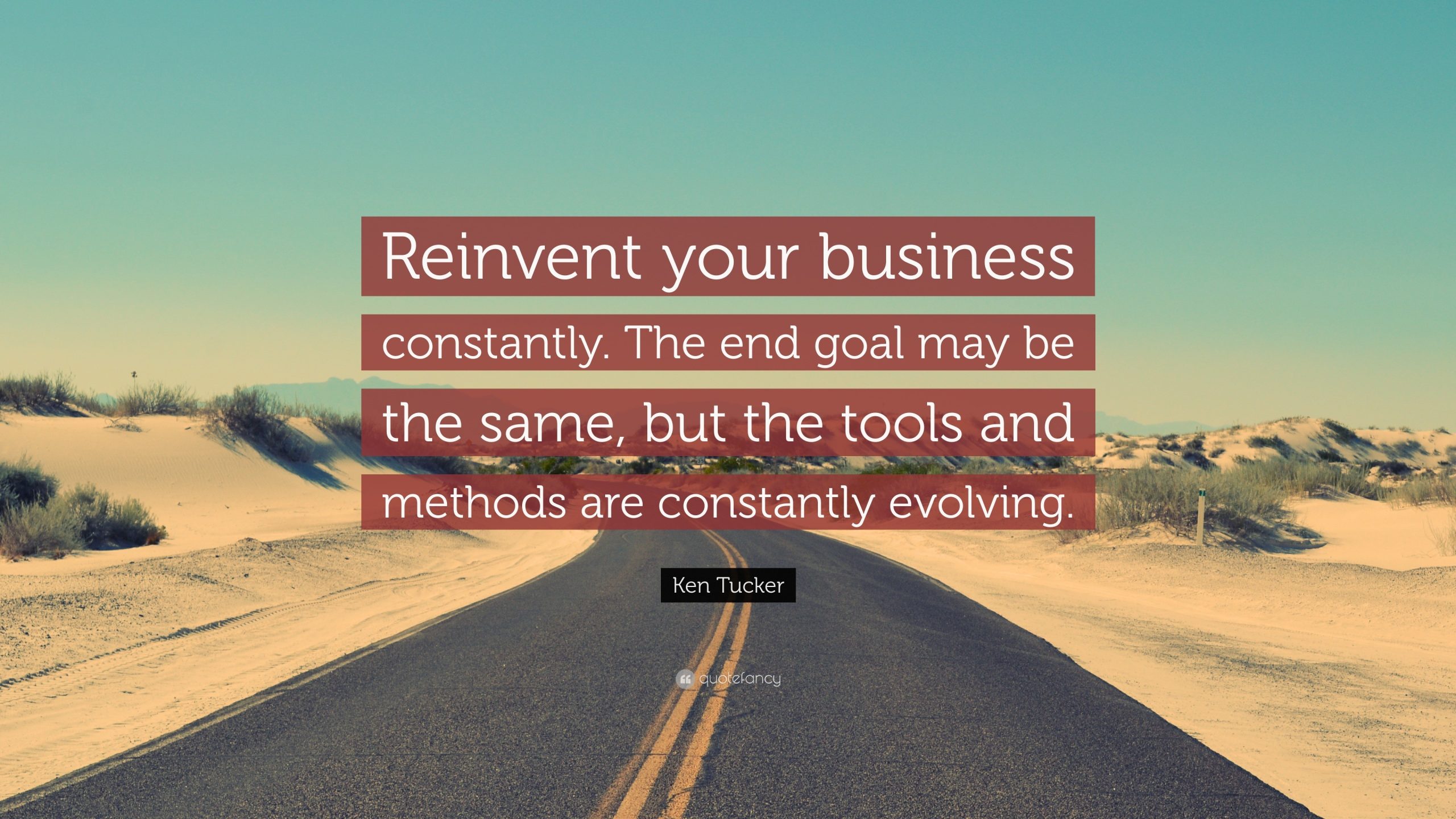In business, the idea of stability is often comforting. Leaders strive to build systems that work, products that sell, and teams that perform. But the reality is that the best businesses aren’t static—they evolve constantly. This isn’t about chasing trends or reinventing the wheel every quarter. It’s about staying responsive, curious, and intentional in the face of change. Evolution in business is not a sign of instability; it’s a reflection of strength. Companies that embrace it are better equipped to navigate uncertainty, meet emerging needs, and sustain relevance over time.
Markets shift. Customer expectations change. Technology advances. These forces don’t wait for businesses to catch up—they move relentlessly forward. Companies that resist evolution risk falling behind, even if they were once leaders in their space. A classic example is the retail industry, where businesses that clung to traditional models struggled as e-commerce reshaped consumer behavior. Those that adapted—by investing in digital platforms, rethinking supply chains, and enhancing customer experience—found new ways to thrive. Evolution allowed them to stay connected to their customers and competitive in their markets.
But evolution isn’t just about reacting to external pressures. It’s also about internal growth. As businesses mature, their needs, priorities, and capabilities change. What worked for a ten-person startup may not work for a hundred-person company. Processes need refinement, roles need definition, and culture needs nurturing. Leaders who recognize this and guide their organizations through thoughtful transitions create environments where people can grow alongside the business. A tech company, for instance, might start with a flat structure and informal communication. As it scales, it introduces clearer reporting lines and project management tools—not to stifle creativity, but to support coordination and accountability. These changes reflect evolution, not bureaucracy.
Customer feedback is another catalyst for evolution. Businesses that listen closely to their users often discover opportunities to improve, expand, or pivot. This feedback loop is invaluable, but it requires humility and openness. A software firm might launch a feature it believes will be a hit, only to find that users are confused or underwhelmed. Instead of doubling down, the team revisits the design, engages with users, and iterates. That willingness to evolve based on real-world input strengthens the product and deepens customer trust. It’s not about getting it perfect the first time—it’s about being willing to learn and adapt.
Culture plays a significant role in how well a business evolves. Organizations that encourage experimentation, reward learning, and support change are more agile and resilient. They don’t fear failure—they see it as part of the process. This mindset fosters innovation and continuous improvement. A restaurant group, for example, might test new menu items, adjust based on feedback, and refine its offerings seasonally. That approach keeps the experience fresh and responsive to customer tastes. It also empowers staff to contribute ideas and take ownership of improvements. Evolution becomes a shared responsibility, not just a leadership directive.
Technology is often a driver of evolution, but it’s not just about adopting the latest tools. It’s about using technology to enhance strategy, streamline operations, and deliver value. Businesses that evolve well with technology do so thoughtfully, aligning tools with goals and capabilities. A small business might implement a CRM system to better manage customer relationships. That change improves efficiency and insight, enabling more personalized service. Over time, the business continues to evolve its tech stack, integrating analytics, automation, and communication tools. Each step is deliberate, building on the last and supporting growth.
Leadership is crucial in guiding evolution. Leaders set the tone, model adaptability, and make the tough calls that drive change. They balance vision with pragmatism, ensuring that evolution is purposeful rather than reactive. When leaders communicate clearly, involve their teams, and stay grounded in values, they create trust and alignment. A CEO navigating a strategic pivot might hold town halls, share the rationale, and invite questions. That transparency helps employees understand the journey and feel part of it. Evolution becomes a collective effort, rooted in shared purpose and mutual respect.
Importantly, evolution doesn’t mean abandoning what works. It means building on strengths while addressing gaps. Businesses that evolve well know what to preserve and what to change. They maintain their core identity while exploring new expressions of it. A heritage brand might modernize its packaging or expand into digital channels without losing its essence. That balance allows it to connect with new audiences while honoring its legacy. Evolution, in this sense, is not a departure—it’s a continuation.
In a world where change is constant, the ability to evolve is not optional—it’s essential. The best businesses understand this and embrace it. They stay curious, listen closely, and act with intention. They don’t chase every new idea, but they don’t cling to the past either. They move forward thoughtfully, guided by purpose and informed by experience. This kind of evolution isn’t flashy—it’s steady, strategic, and deeply human. And it’s what allows businesses to stay relevant, resilient, and ready for whatever comes next.





